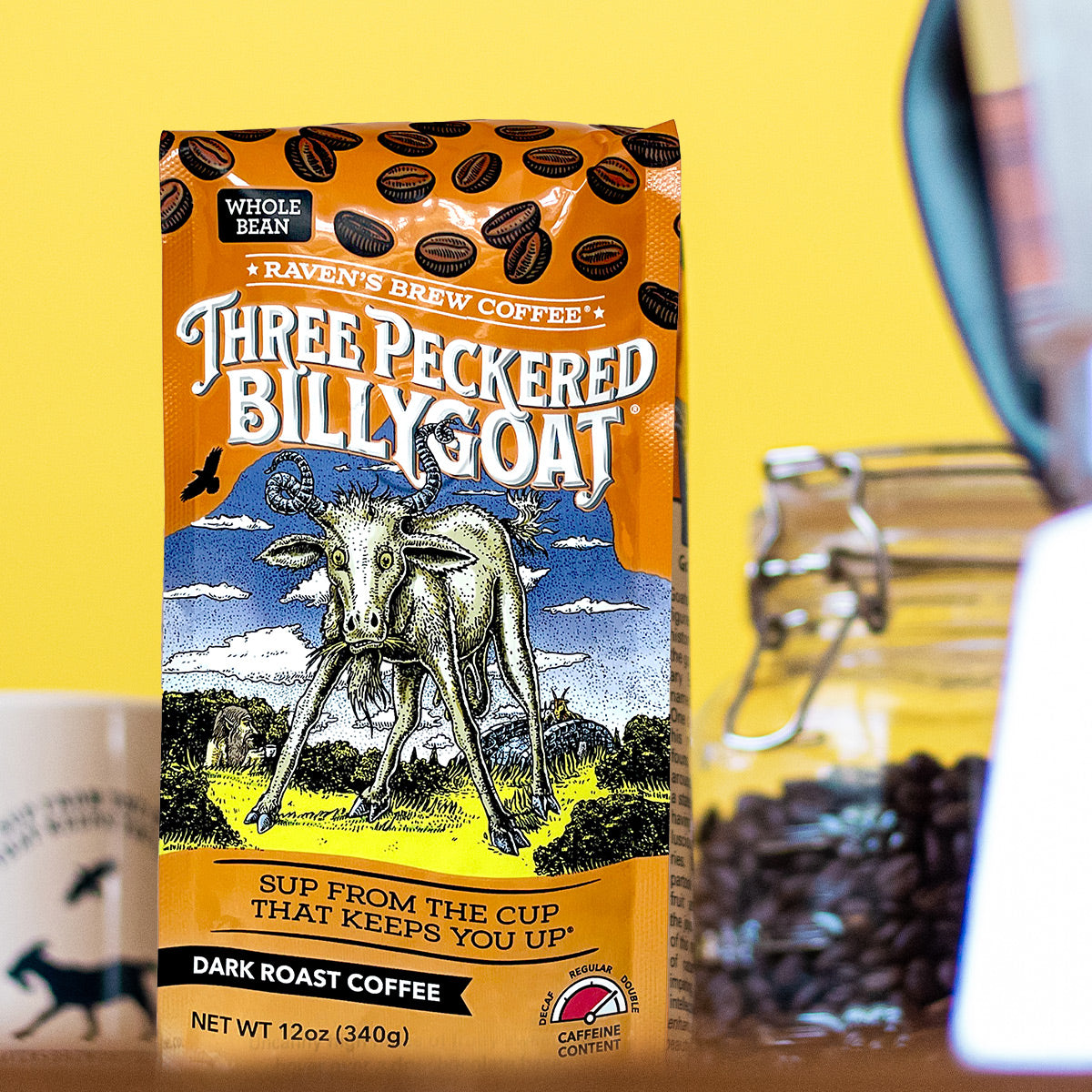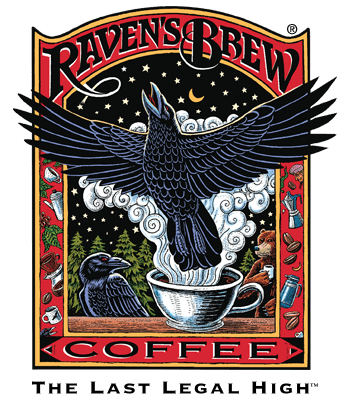Coffee tasters are able to use training and taste memory to distinguish different flavor characteristics in coffee through the cupping process we described in our last article.
With a little practice, you will be surprised what you are able to find yourself!
Rather than just guessing at what flavors you can taste, you will find things much easier to pinpoint with a reference like the Specialty Coffee Association’s Coffee Taster’s Flavor Wheel. Most flavors are a combination of taste and smell, and the wheel covers elements that cross between the two senses. It works outwards from the center, beginning with the inner circle of basic flavor elements like “sweet”, “fruity” and “spices” that are easy to identify and then leading outwards towards more specific notes.
Start simple, and then see if you can pinpoint part of the flavor with successive slurps of your coffee. If you taste a sweetness, is it vanilla, or more like brown syrup? Are fruity flavors reminiscent of berries, or citrus? What type of citrus: grapefruit, orange, lemon? To have the suggestions in front of you makes it substantially easier to know where the coffee is leading you and how to describe it.
You will find the Coffee Taster’s Wheel or anything similar very useful when describing the Fragrance, Aroma, Flavor and Nose of your sample, but what about the Acidity, Mouthfeel and Aftertaste that we mentioned in the first article? These can be explored in a similar way, using different vocabulary resources. Acidity can be: “delicate”, “tangy” or “hard”. Mouthfeel: “creamy”, “watery” or “dry”. Aftertaste: “short”, “clean”, or “floral”. A good resource for these descriptors is a cupping sheet like this one from Boot Coffee Campus.
Recently, we conducted a blind cupping of one of our primary Raven’s Brew® coffees. See how far through you need to read through the description below before you can guess which one!/p>
After grinding the coffee, I took a few deep “dry sniffs” of the grounds, noting nutty and earthy fragrances.
I poured water onto the sample grounds, started my timer, and took a few more vigorous “wet sniffs”. Sweeter aromas of chocolate began to shine through.
After 4 minutes had elapsed, I broke the crust with my spoon and sniffed again with my face close to the sample. I noted strong aromas of chocolate and toasty caramel.
I cleared the remaining grounds, rinsed my spoon, and took a spoonful of coffee into my mouth, slurping across my tongue as best I could (and dribbling a little I will admit). The flavor I noted as distinctly sweet and chocolatey.
I continued to slurp spoonfuls of coffee, one by one, picking out other characteristics. The mouthfeel I noted as creamy, smooth. The body, heavy and the acidity, mild. The aftertaste I noted as dry and sweet.
Did you guess it?
My surprise coffee was The Cup the Keeps You Up™, Three Peckered Billy Goat® Coffee!
Coming to a coffee cupping session prepared, with an open mind and the intention of enjoying yourself will make for a fun exploration of skills that most people take for granted, but that can be trained and improved like any other.








